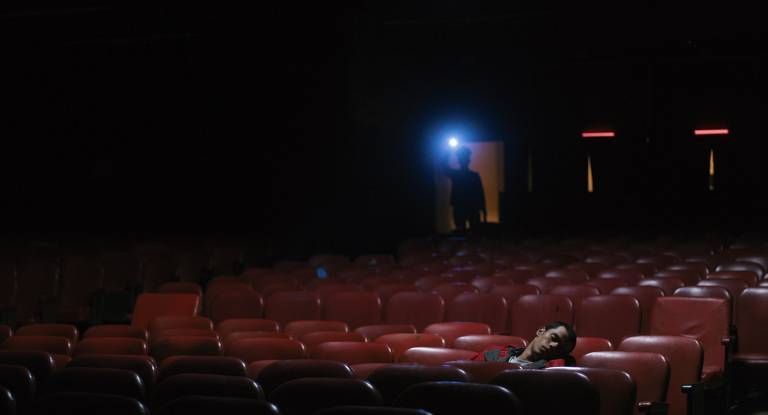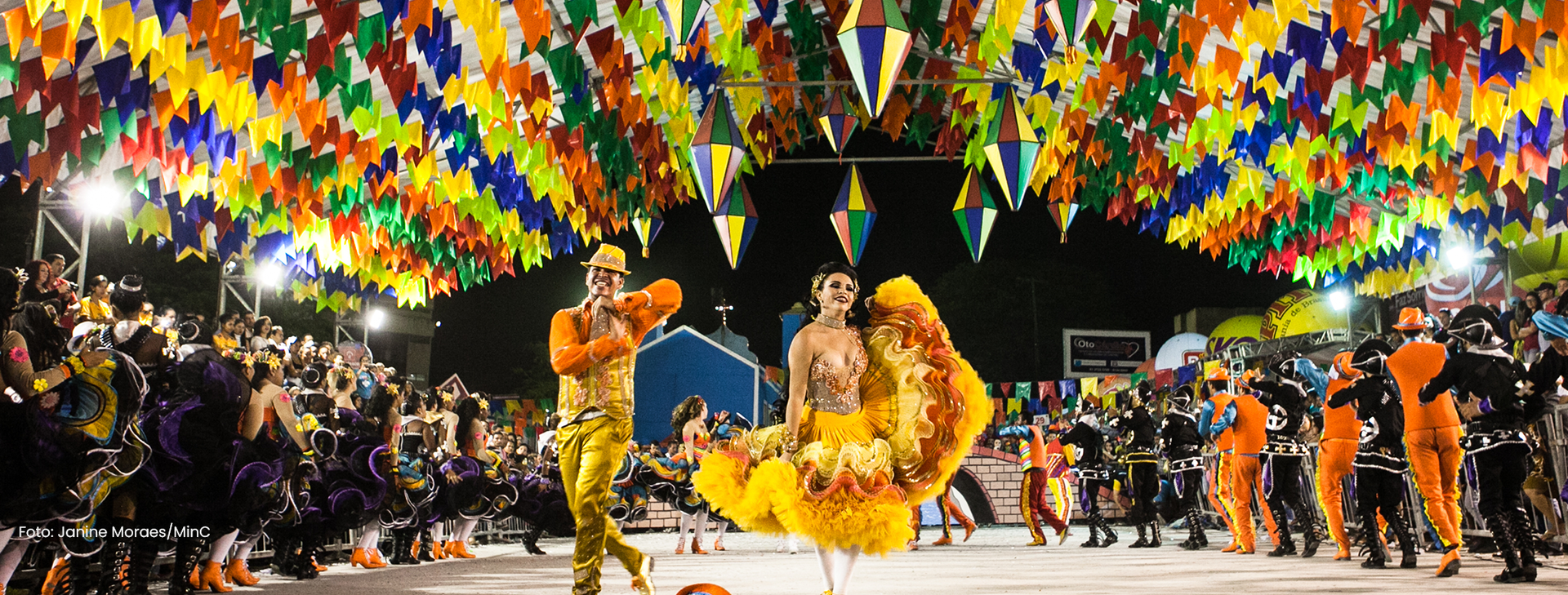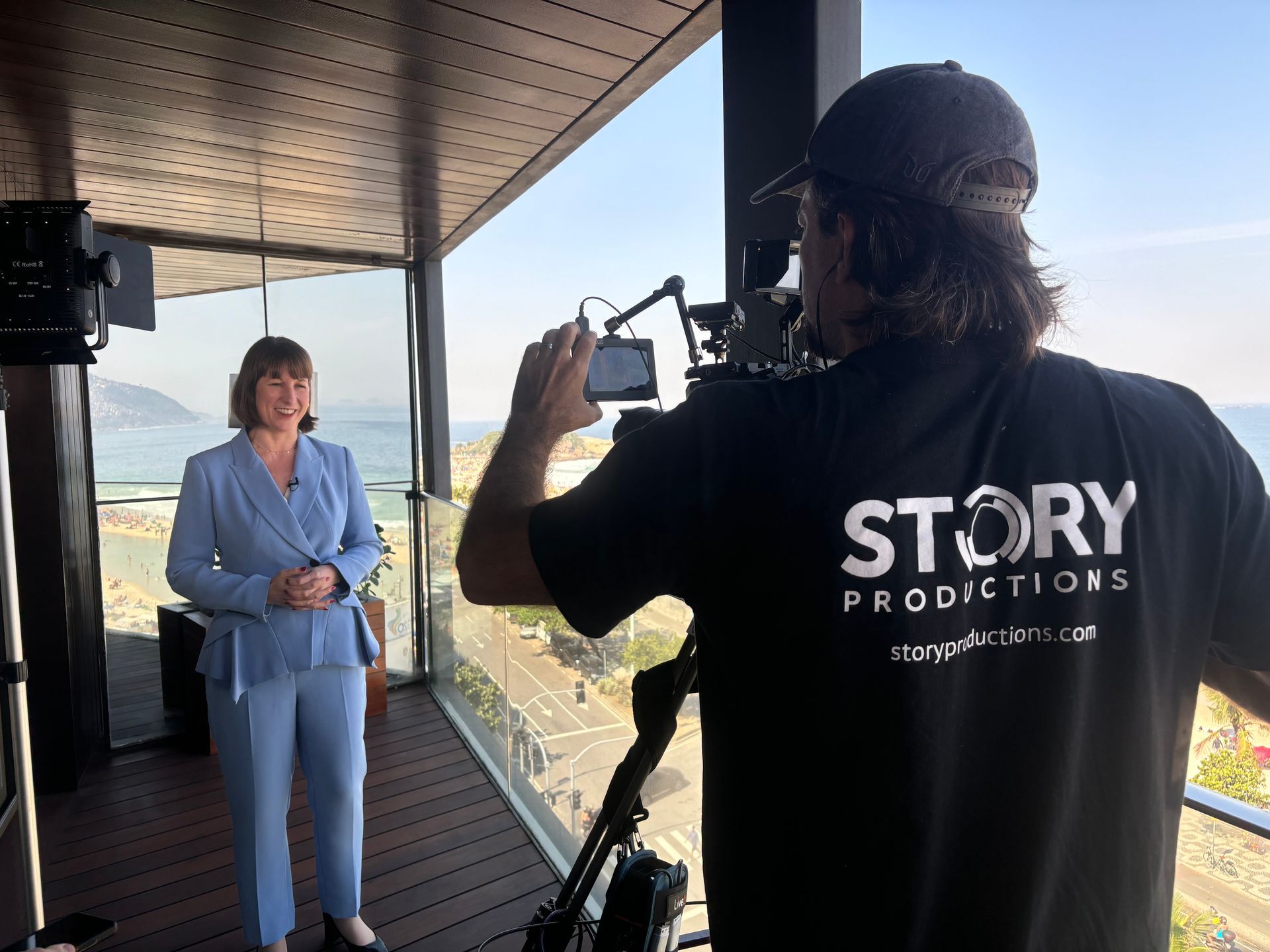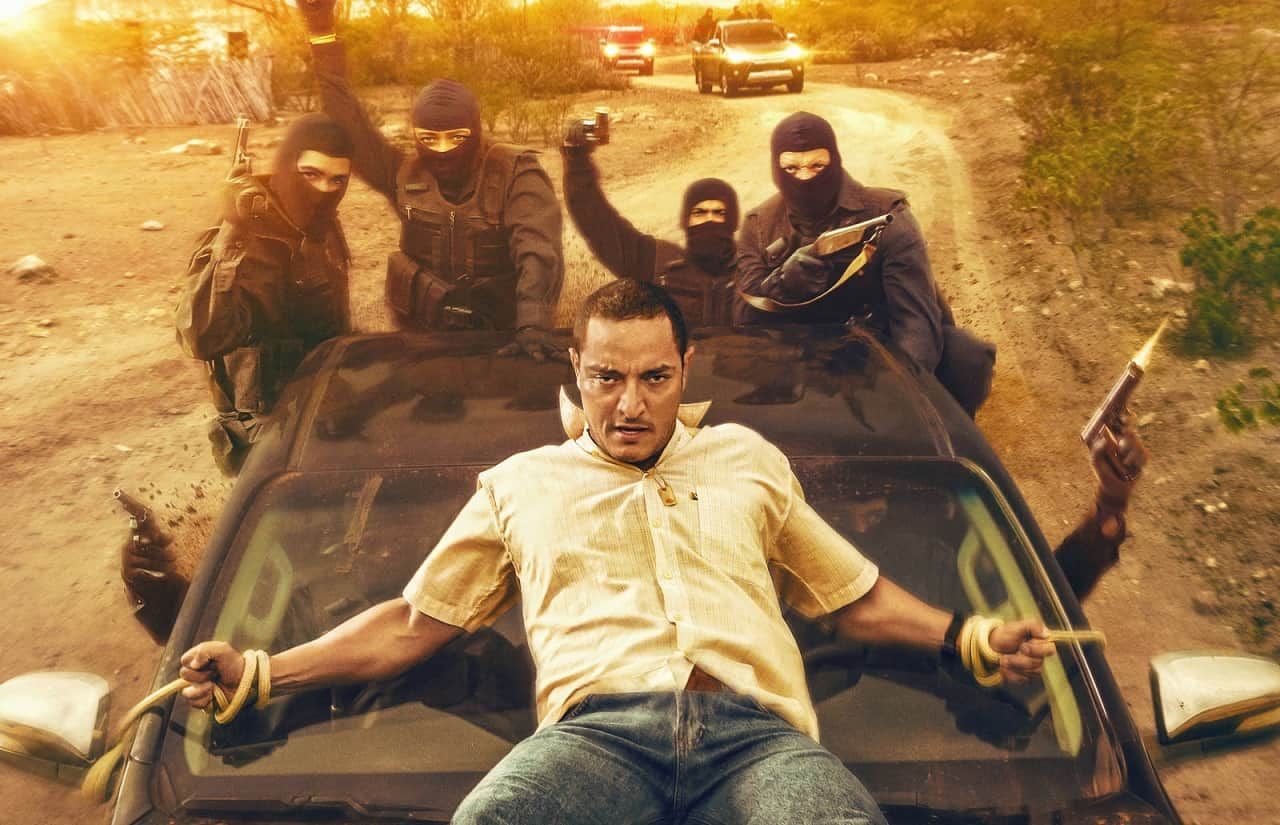Film Brazil’s 8 natural world heritage sites
Lençóis Maranhenses National Park has officially been recognized as a UNESCO World Heritage Site. The designation ceremony was held in New Delhi, India, on July 26 2024.
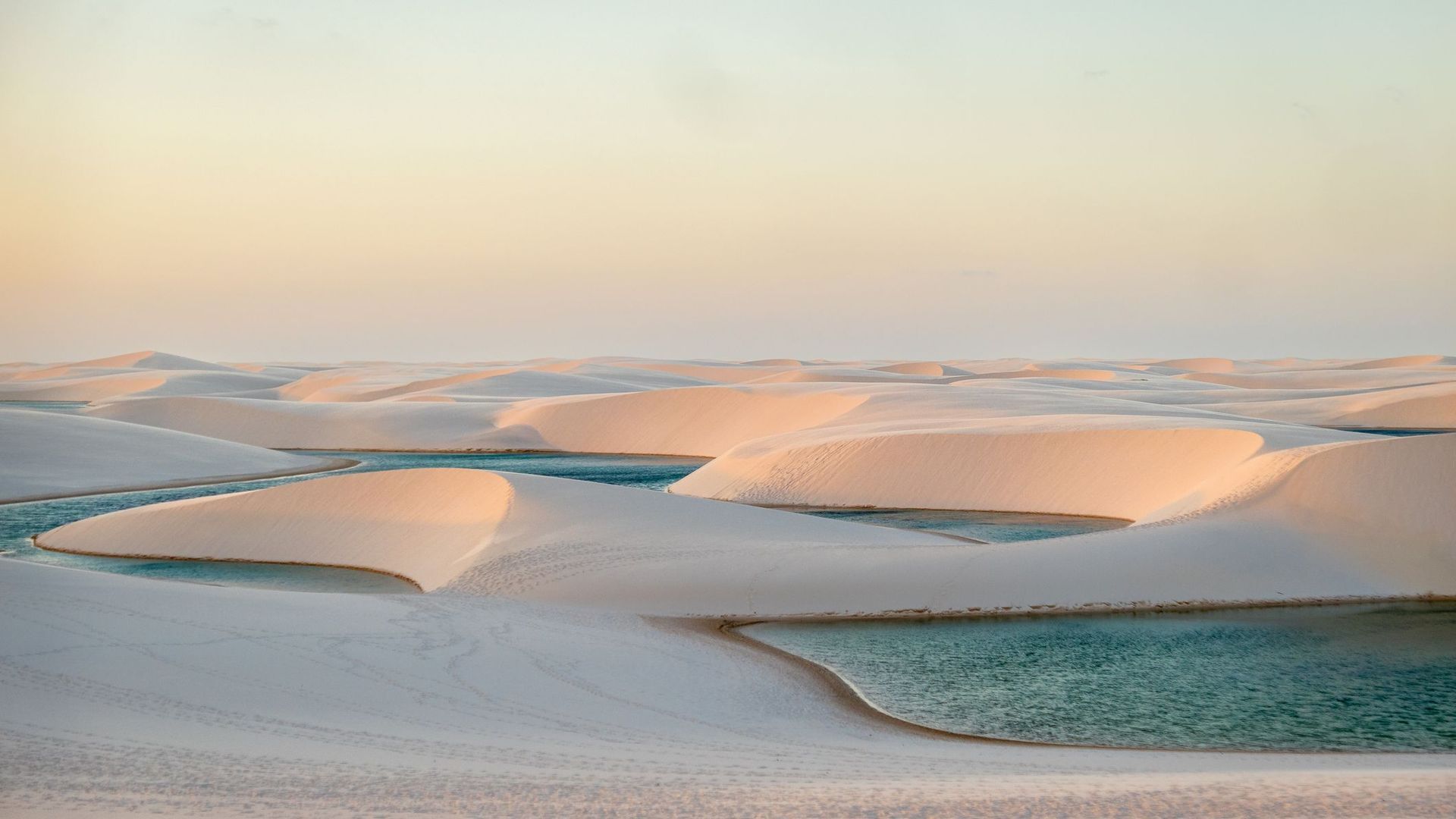
Located approximately 250 kilometers away from São Luís, capital of Maranhão, the park was established over 40 years ago. It is the largest dune field in South America, covering 155,000 hectares.
With its white sand dunes and crystal-clear lagoons that contrast with the blue sky, this tropical desert is the perfect setting for film and photography shoots. The surreal landscape, featuring intricate dune formations and temporary lagoons, creates visually striking and dramatic scenarios.
During sunrise and sunset, the golden, soft light highlights these forms and colors, providing a rich and diverse visual palette.
The region offers a variety of settings, including small oasis and panoramic views, allowing for the creation of different scenes without changing locations. Despite its remote location, access to the Lençóis Maranhenses National Park is facilitated by the nearby town of Barreirinhas, which provides the necessary infrastructure to accommodate visitors and audiovisual professionals.
The availability of local services for transportation and technical support simplifies the planning and execution of shoots. In addition to Lençóis Maranhenses, seven other locations in Brazil are recognized by UNESCO (United Nations Educational, Scientific and Cultural Organization).
Get in touch:
Our multilingual production team has been orchestrating shoots across Brazil for years,
Pantanal (MS)
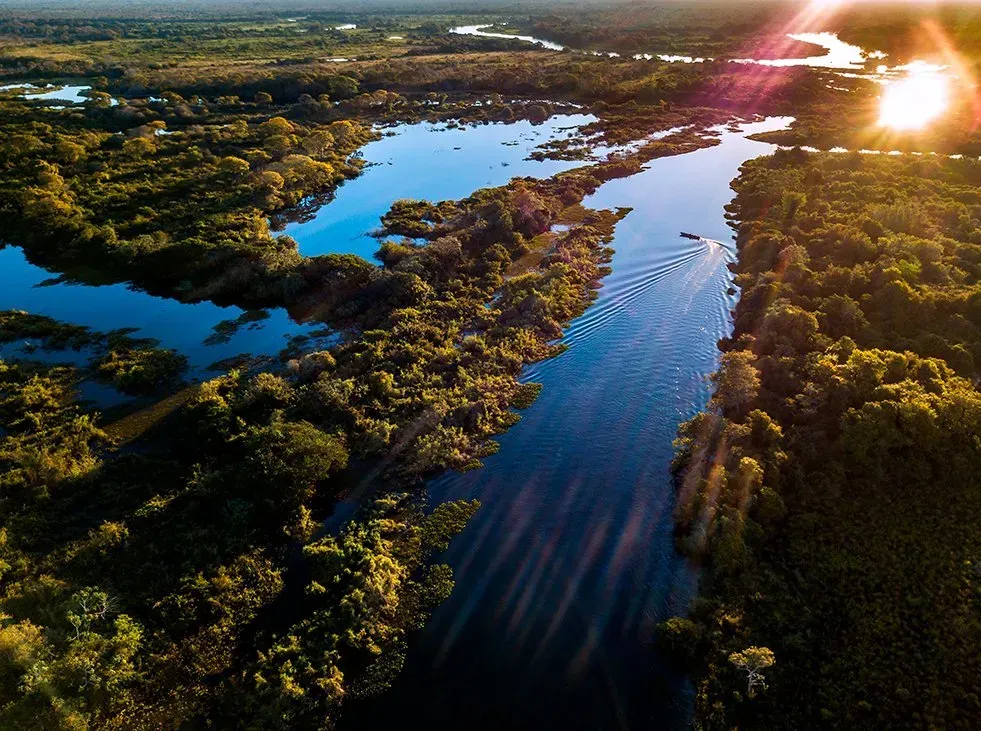
Pantanal is the world’s largest wetland—a vast expanse of 195,000 square kilometers (75,000 square miles) stretching across Brazil’s Mato Grosso and Mato Grosso do Sul states, and into Paraguay and Bolivia.
Internationally known productions were setin the Pantanal, such as “In Search of the Pantanal” by Rick LaRocca and the National Geographic series “Secret Brazil”, with two episodes entirely dedicated to the biome: “Wild Pantanal” and “Jaguar, the King of the Pantanal”. The latter was a tribute to the Pantanal’s largest predator, which has been driven to near extinction in recent decades and is the focus of a number of conservation efforts.
These recent productions focus on the natural wonders of this wetland but there are plenty of underexplored aspects to the region, such as social conflicts, land exploitation, wildfires and climate changes in the biome itself, that hold huge potential for storytellers and documentarists. Read on to find out the top ten reasons why the Pantanal is rich in audiovisual potential.
The landscapes of this immense freshwater reservoir are full of surprises, changing not just with each season, when the course of rivers change, but with each passing day thanks to the movement of the water. This variety, different on every visit, makes the region a paradise for any video producer, and makes each shot unique.
Read more: Top ten reasons why the Pantanal is rich in audiovisual potential.
Central Amazon (AM)
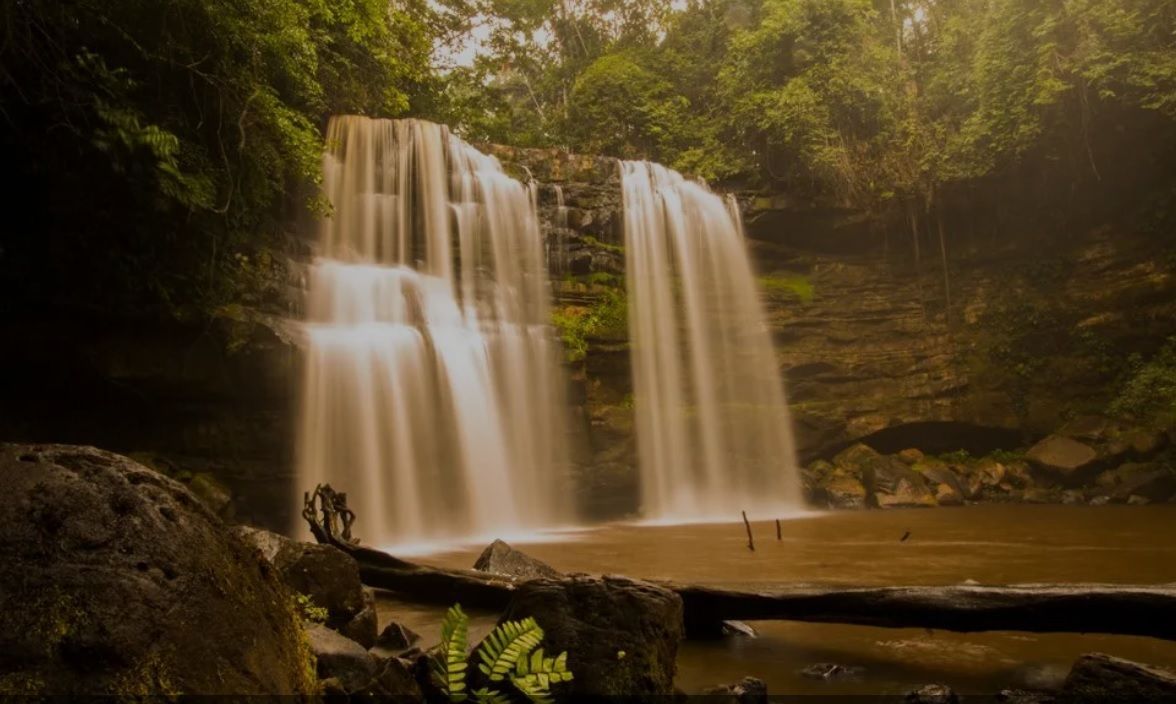
The Amazon basinbassin and its rainforest is a continent to itself. Spanning over 5.5 million square kilometers, it covers more than a third of South America and can be accessed from nine different countries ( Brazil, Bolivia, Colombia, Ecuador, Guyana, Peru, Suriname, and Venezuela, as well as the territory of French Guiana.
Numerous airports service the region, but crews should be prepared for travel by boat and/or 4x4 cars. often for several days depending on the destination. Shooting in the Amazon requires preparation, logistical and security mapping and a lot of prior preparation.
Story Productions has undertaken many shoots in Amazon in recent years, from filming a full Before 90 Day fiancçe season, to an episode of Connected for Netflix for a German social science series to a documentary co-production shot in Acre and Amazonas.
Read more:
Stunning Locations in the Amazon
Capturing stills and video in Manaus for Coca-Cola
Filming at ATTO in the Amazon Rainforest
Atlantic Islands (Fernando de Noronha and Atol das Rocas)
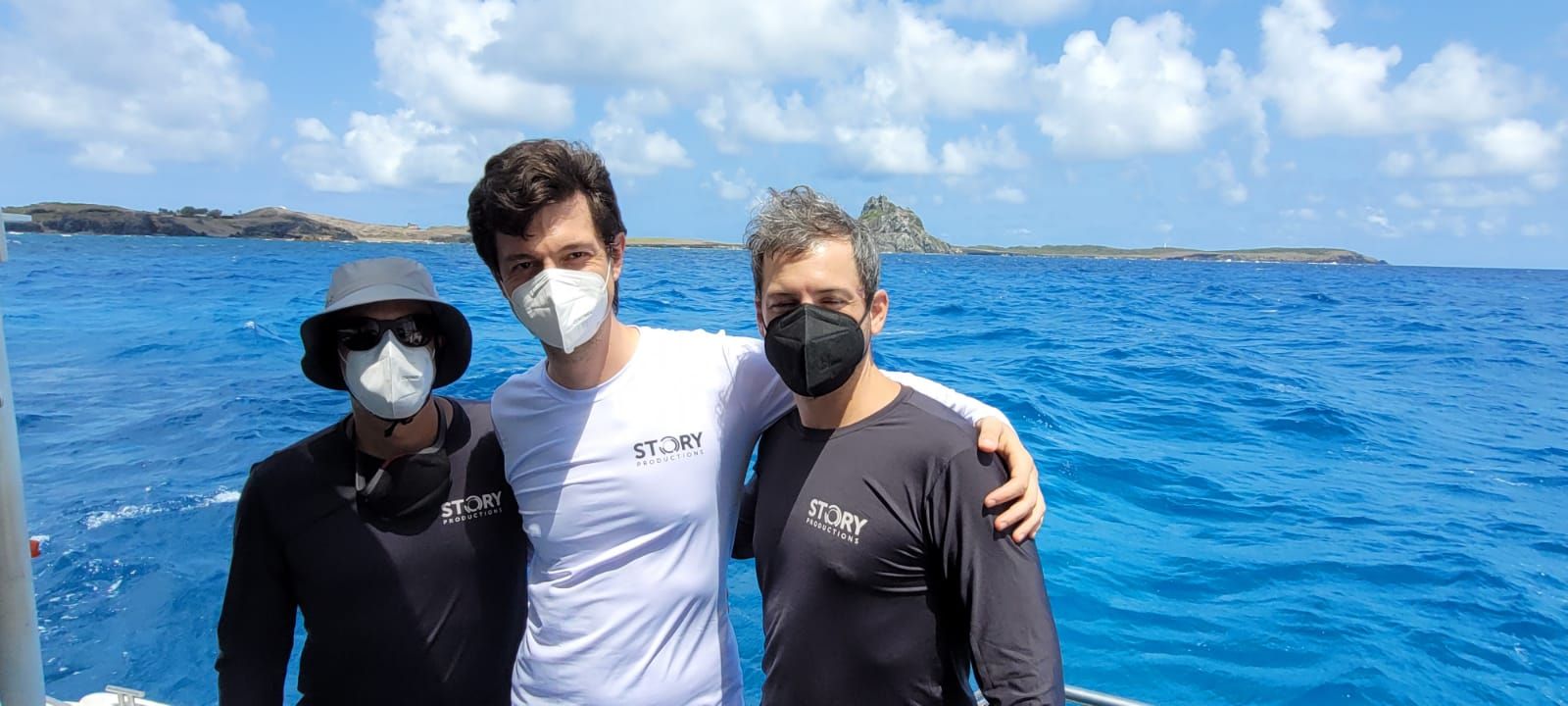
The Atlantic Islands, including the stunning Fernando de Noronha archipelago and the Atol das Rocas, are true treasures of the World Natural Heritage.
Located about 350 kilometers off Brazil’s northeastern coast, Fernando de Noronha is a paradise made up of 21 islands and islets spanning 26 square kilometers. The main island is home to a charming town brimming with inns, restaurants, and shops.
In contrast, the Atol das Rocas, with its coral ring embracing a central lagoon, is a protected jewel that prohibits tourism. This biological reserve shelters the Farol and Cemitério islands, which are havens for rich biodiversity, including migratory birds, endemic species, and those at risk of extinction.
Story Productions handled the production and Tiger Shark footage for two episodes of the television program Shark Week on the Discovery Channel US. These episodes were filmed in Fernando de Noronha and Recife.
Read more:
Filming in Recife
Discovery Coast (BA/ES)
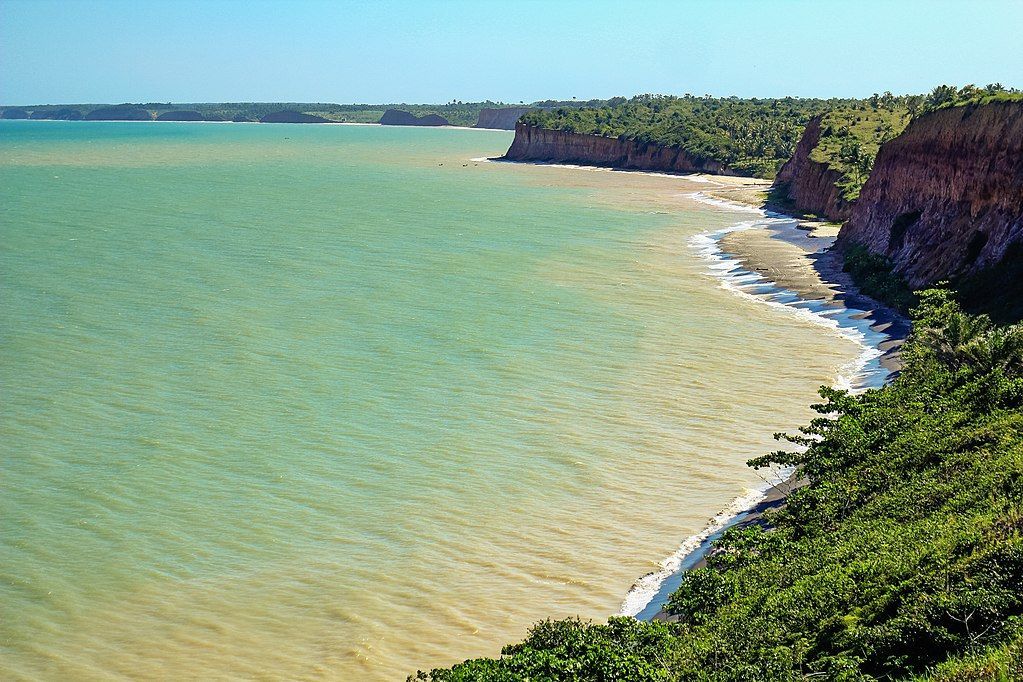
Covering Porto Seguro, Santa Cruz Cabrália, Belmonte, Guaratinga and also the villages of Arraial D’Ajuda, Trancoso, and Caraíva, the Discovery Coast in Bahia is a true paradise for ecotourism and outdoor adventures.
Beyond its delightful local cuisine, the region’s main attraction is its breathtaking natural beauty: idyllic beaches, vibrant coral reefs, mangroves, and rivers.
Read more:
Iguaçu National Park (PR)
The name "Iguaçu," which means "big water" in Guarani, is perfect for this awe-inspiring natural wonder! The Falls are located on the border between Brazil and Argentina. With over 275 waterfalls stretching approximately 2.7 kilometers, it creates a unique spectacle.
The local tourism infrastructure and easy access make Foz do Iguaçu a convenient and inspiring destination for image and audiovisual professionals.
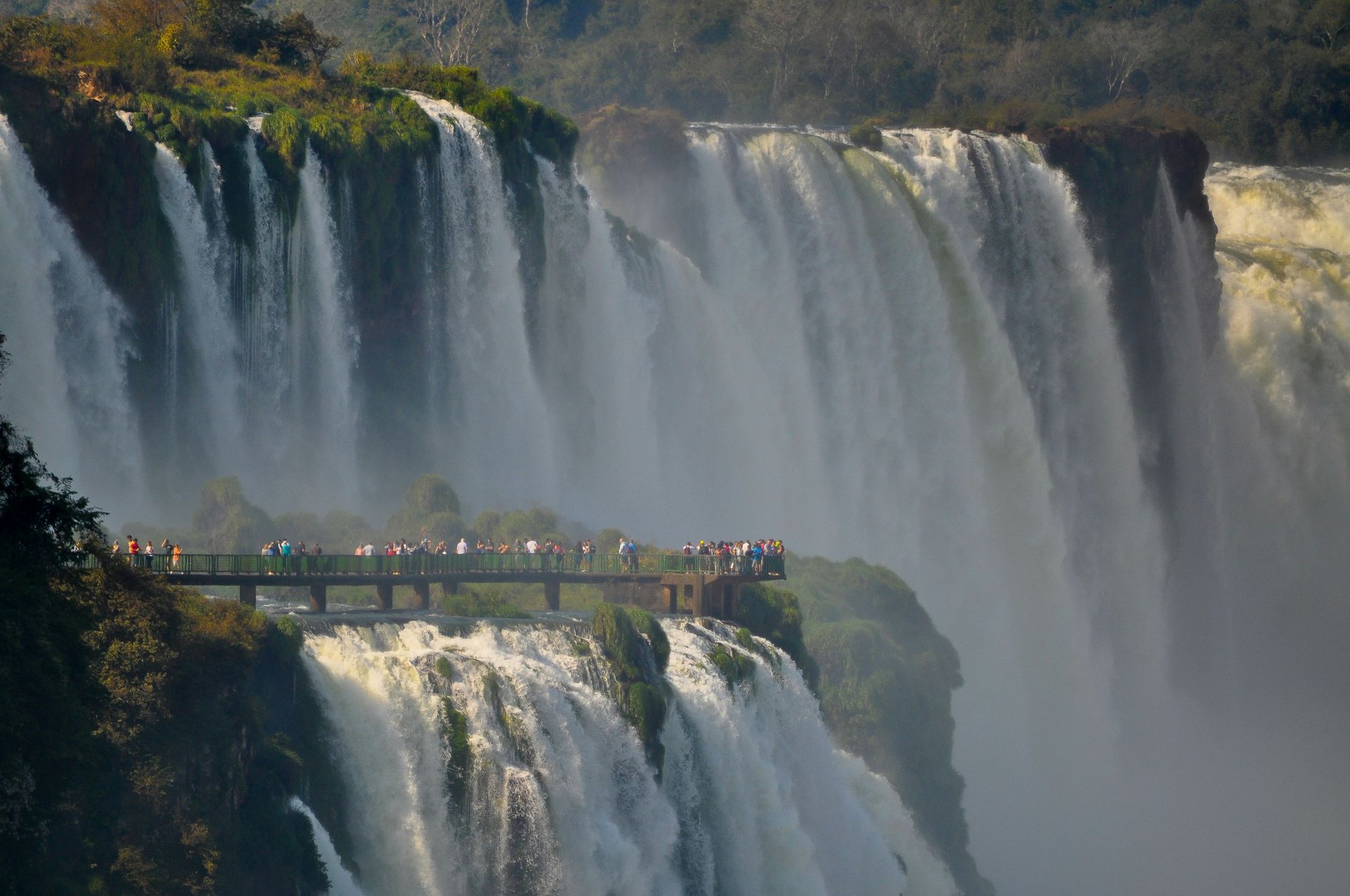
Chapada dos Veadeiros (GO)
The Chapada dos Veadeiros complex is a stunning realm of mountains, waterfalls, and trails, set against the enchanting landscapes of the Cerrado, spanning 240,000 hectares.
Visitors can also enjoy refreshing dips in the crystal-clear river waters. The journey from Brasília takes about three hours by car, with several charming base towns like Alto Paraíso de Goiás and Cavalcante. The park features at least five trails, each leading to natural wonders and home to diverse species, unique plant formations, and sparkling streams.

Ribeira Valley (PR/SP)
Nestled between the states of Paraná and São Paulo, the Ribeira Valley offers a splendid array of natural beauty. There you can explore pristine beaches and lush forest parks, venture into mysterious caves, sparkling rivers, and majestic waterfalls.
The region is also a haven for wildlife and plant enthusiasts, with opportunities for fishing, historical site tours, and visits to charming churches, among other delightful activities.
Let us be your guide as you explore all the incredible possibilities of filming in Brazil.
Share this story:
Get the latest news straight into your inbox!
Contact Us
Read another story
